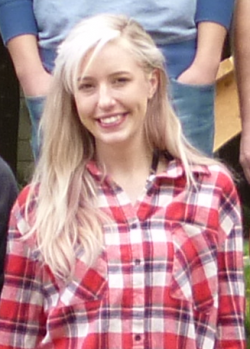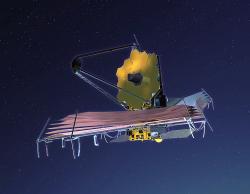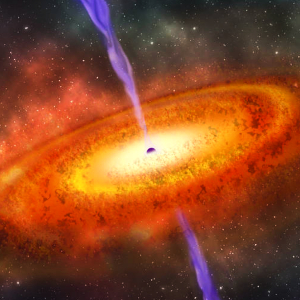Can we find primordial supermassive black holes with the Big Bang imprint?
The young universe is full of huge black holes that shouldn’t be there. One possible explanation is that these gravitational monsters suddenly appeared in the first second after the Big Bang. If so, they should have the chemical “footprint” of the Big Bang. The upcoming James Webb Space Telescope could track him down.
–
A monster from space 690 million years old. Credit: Robin Dienel / Carnegie Institution for Science.
–
One of the most persistent cosmological mysteries of today is the supermassive black holes in the youthful universe. They are not so remarkable in themselves. Just huge black holes, weighing at least hundreds of thousands of Suns, which we know a lot. But where did they come from in such a young universe? It’s really weird. We have already tracked over 200 supermassive black holes in space under 1 billion years, and one of them is even in space under 700 million years.

Phoebe Upton Sanderbeck (2014). Credit: PU Sanderbeck.
–
That is, they must have formed quickly. So fast that, according to our traditional notions of the gradual growth of black holes, this was not possible. However, supermassive black holes exist in the early universe, so we are wrong in our thinking. But where? There are currently a number of more or less exotic hypotheses that try to explain this.
One of them reckons that some supermassive black holes formed at the very beginning of the universe, in a completely different way than we usually imagine. These so-called primordial supermassive black holes were to appear during the first moments after the Big Bang, thanks to exotic interactions in the then extreme environment, in the form of areas with extremely high mass densities.

Will the James Webb Telescope discover primordial megadors? Credit: NASA / Wikimedia Commons.
–
Scientists have long been looking for primordial black holes, mainly because they are considered candidates for dark matter. And they are not successful. All searches so far have come to nothing. Researchers have already ruled out almost all models of primordial black holes. A notable exception is the primordial supermassive black holes just mentioned. In their case, black holes weighing about 100,000 Suns would form in the first second after the Big Bang. Such a monster would furiously suck up matter in the then universe and manage to grow into the form of supermassive black holes that we found in the young universe.
Phoebe Upton Sanderbeck of the University of California at Riverside and colleagues have figured out how we can distinguish such primordial supermassive black holes from their younger counterparts that were not born in the hearth of the Big Bang. According to them, such primitive black megadors would, by their massive gravity, affect their surroundings, including the composition of chemical elements. Researchers have calculated that there should be about 10 percent more helium and 10 percent less lithium around these supermassive black holes of exotic origin.
These are not dizzying differences and it concerns a very distant universe, so observations will not be easy. According to Sanderbeck et al. but next-generation telescopes, such as the James Webb Space Telescope (JWST), should be able to handle this. The mentioned telescope should fly into space in December this year. The discovery of primordial supermassive black holes would definitely suit him.
Literature
– .


